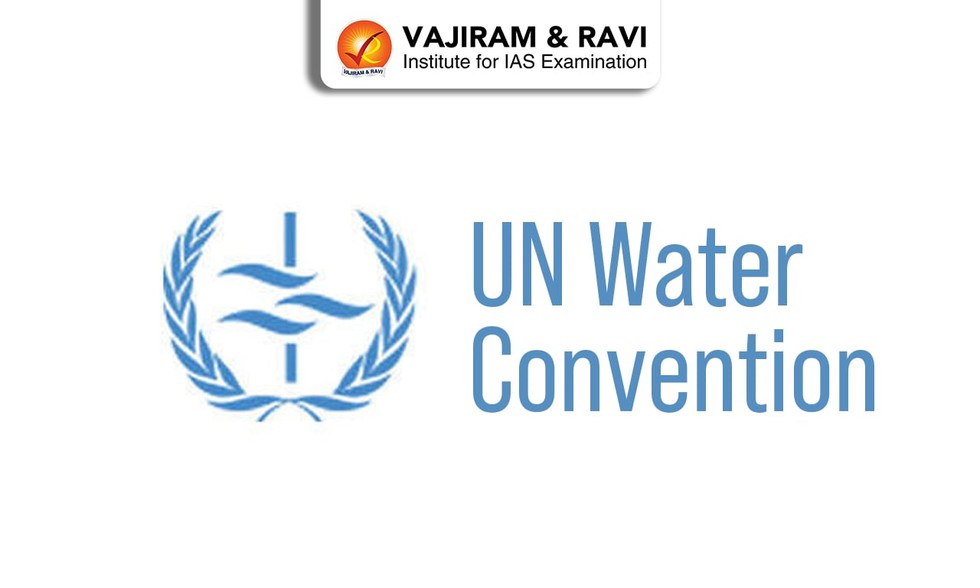About UN Water Convention:
- It is also known as the Convention on the Protection and Use of Transboundary Watercourses and International Lakeswhich was adopted in Helsinki in 1992 and entered into force in 1996.
- History of UN Water Convention
- It was originally negotiated as a regional framework for the pan-European region.
- Following an amendment procedure, since March 2016 all UN Member States can accede to it.
- Features of UN Water Convention
- It is a unique legally binding instrument promoting the sustainable management of shared water resources, the implementation of the Sustainable Development Goals, the prevention of conflicts, and the promotion of peace and regional integration.
- It requires Parties to prevent, control and reduce transboundary impact, use transboundary waters in a reasonable and equitable way and ensure their sustainable management.
- Parties bordering the same transboundary waters have to cooperate by entering into specific agreements and establishing joint bodies.
- As a framework agreement, the Convention does not replace bilateral and multilateral agreements for specific basins or aquifers; instead, it fosters their establishment and implementation, as well as further development.
- The United Nations Economic Commission for Europe(UNECE), which services the UN Water Convention.
- Significance: It is a powerful tool to promote and operationalize the achievement of the 2030 Agenda for Sustainable Development and its SDGs.
